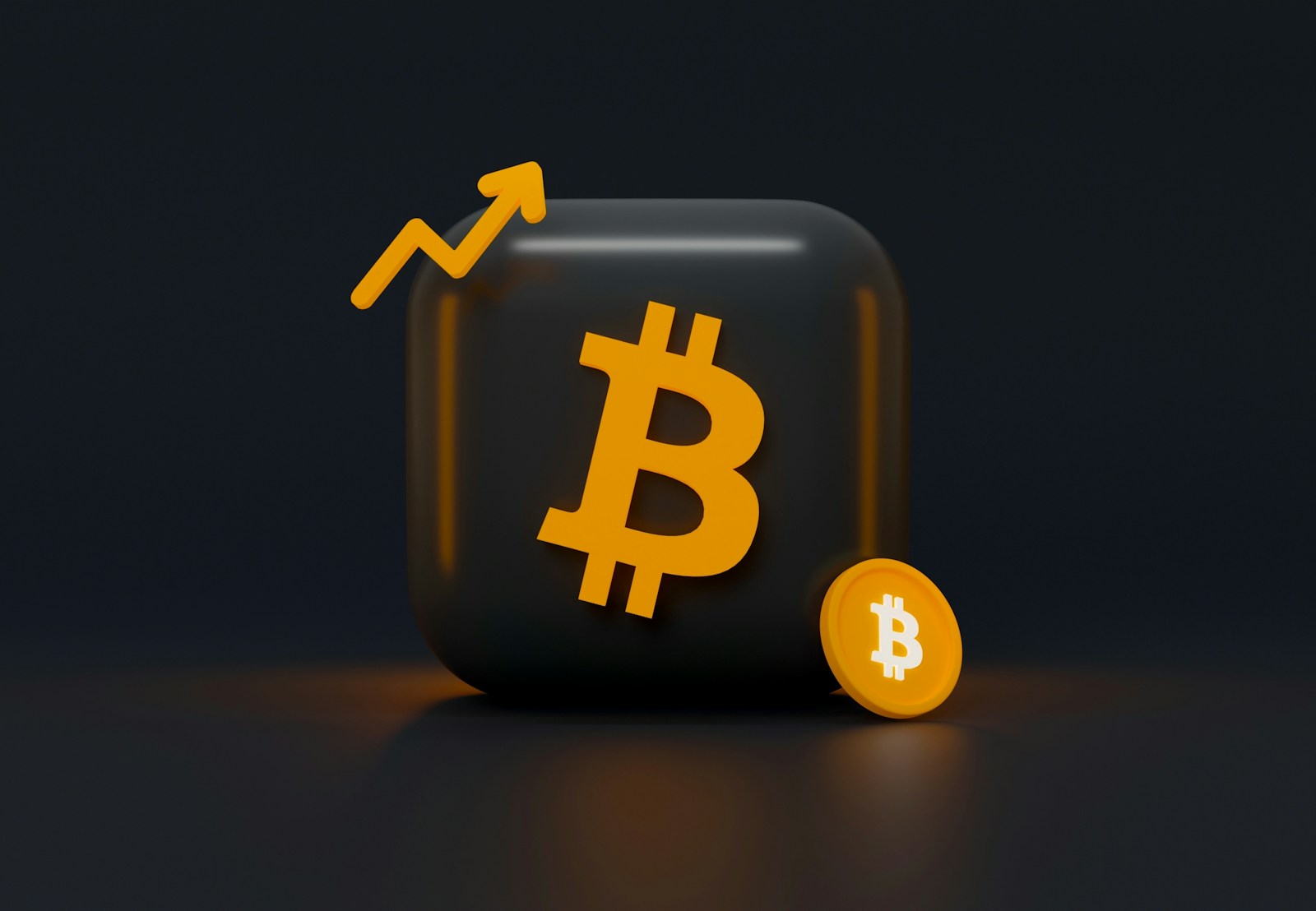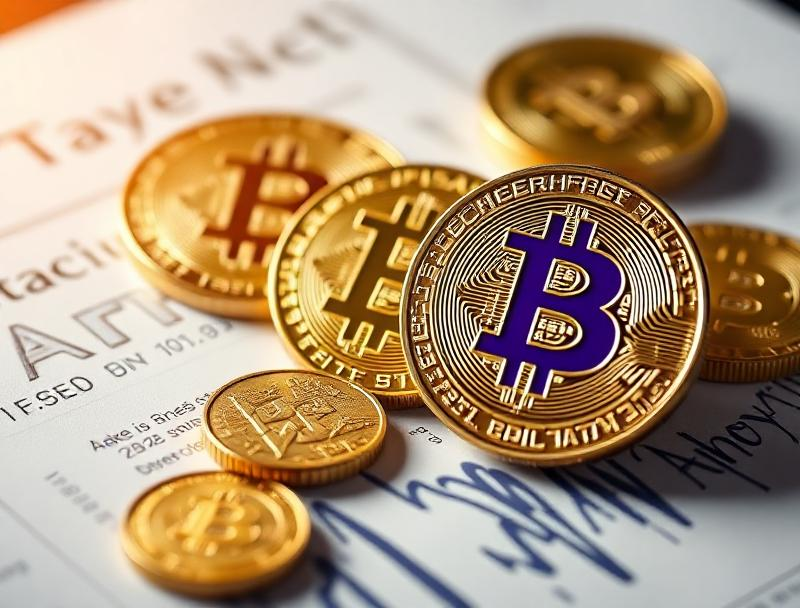If you want digital assets that avoid the wild price swings typical of many cryptocurrencies, look at tokens pegged to the dollar. These coins maintain their worth by matching the value of a traditional currency, offering predictability for users and traders alike.
Among the most popular examples are USDT and USDC, both designed to keep their price consistently close to one dollar. This peg is typically backed by reserves or smart contracts that ensure redemption at a fixed rate, providing confidence in their purchasing power.
Understanding these types of digital money helps anyone interested in using blockchain technology for payments, savings, or transfers without exposure to volatility. The mechanisms behind maintaining a steady price differ but share the goal of combining crypto’s convenience with financial stability.
Stablecoins explained: crypto with stable value
Digital tokens designed to maintain a consistent price are typically pegged to fiat currencies, most commonly the US dollar. This characteristic allows them to serve as a reliable medium of exchange and store of purchasing power within blockchain networks. For instance, tokens like USDT and USDC are among the most prominent examples that mirror the dollar’s price, minimizing volatility compared to other cryptocurrency assets.
The mechanism behind such coins involves backing each token by reserves of traditional currency or equivalent assets, ensuring that one unit corresponds closely to one dollar in real terms. This peg is maintained through various protocols, including asset custody by regulated entities or algorithmic control systems. Consequently, these tokens facilitate seamless transfers and payments without frequent fluctuations in market worth.
How pegging maintains consistency
To keep the price aligned with its target dollar, issuers often hold equal amounts of fiat currency in reserve. For example, Tether (USDT) claims full backing by cash and equivalents for every token issued. Alternatively, USD Coin (USDC) undergoes monthly audits verifying its reserves. This transparency helps users trust that the digital representation holds tangible value behind it.
In practice, when someone redeems 1 USDC or 1 USDT through authorized platforms, they receive exactly one dollar in exchange. This process stabilizes demand and supply dynamics and prevents wild swings typical for cryptocurrencies like Bitcoin or Ethereum. Moreover, smart contract technology automates issuance and redemption flows to support this balance efficiently.
Differentiating collateral models
- Fiat-collateralized: Tokens fully backed by dollars stored in bank accounts or equivalent liquid assets offer straightforward security but depend on centralized management.
- Crypto-collateralized: Some variants use other digital assets as collateral held in over-collateralized smart contracts; however, these may face higher risk during market turbulence.
- Algorithmic: Systems that automatically adjust supply based on demand attempt stability without direct asset backing but have shown vulnerabilities under stress conditions.
The role in decentralized finance (DeFi)
Tether (USDT) and USD Coin (USDC) are widely integrated into decentralized applications where predictable pricing is critical. Users leverage these tokens for lending, borrowing, and trading without exposure to drastic valuation changes common in native blockchain coins. For example, liquidity pools frequently pair stable tokens with volatile ones to reduce impermanent loss risks while enabling smooth transactions.
The choice between these tokens depends on factors such as regulatory compliance preference, transparency expectations, and usage scenarios. Both continue contributing significantly towards bridging conventional financial systems with blockchain-based ecosystems while offering users a practical alternative for hedging against unpredictable price swings common among cryptocurrencies.
How stablecoins maintain value
Assets pegged to traditional currencies such as the US dollar rely on various mechanisms to preserve their price stability. The most common approach is backing each token with equivalent reserves held in fiat currency or cash equivalents. This reserve model ensures that every issued unit can be redeemed for a fixed amount of dollars, maintaining a close 1:1 peg and minimizing fluctuations.
For example, tokens like USDT and USDC operate under this principle by holding large pools of US dollars or short-term government securities. Regular audits and transparency reports support user confidence in these issuers’ ability to honor redemptions. When demand increases, more tokens are minted after adding corresponding reserves; when users redeem tokens, the supply contracts accordingly.
Collateralization models and their impact on price stability
Beyond direct fiat backing, some digital assets use crypto-collateralized structures to anchor their worth. In these cases, users lock cryptocurrencies such as Ether into smart contracts as collateral against issued tokens. Algorithms monitor collateral ratios continuously to prevent de-pegging risks caused by market volatility.
Protocols implementing over-collateralization require locking more crypto than the stable token’s nominal value, creating a buffer that absorbs price swings. Should collateral values fall below thresholds, automatic liquidations occur to protect holders from losses and maintain the peg’s integrity. This method offers decentralization advantages but introduces complexity in managing liquidation events.
- Fiat-backed: Tokens fully backed by dollar reserves (e.g., USDC).
- Crypto-backed: Over-collateralized loans secured by volatile assets.
- Algorithmic: Supply adjustment mechanisms controlling circulation dynamically.
The third category uses algorithmic protocols that expand or contract token supply based on demand metrics aiming to keep the exchange rate near one dollar. While innovative, these systems face challenges during extreme market stress leading sometimes to temporary loss of parity.
A practical case study is Tether (USDT), which remains one of the most widely used pegged coins globally. Despite controversies regarding its reserve disclosures early on, its extensive liquidity and network integration have maintained its close alignment with the dollar for years. Conversely, newer projects experiment with hybrid models combining collateral and algorithms seeking enhanced resilience.
User trust plays a fundamental role alongside technical design in preserving peg stability. Transparent auditing processes, regulatory compliance efforts, and clear communication about reserve holdings contribute decisively to public confidence. This symbiosis between technology and governance ensures that pegged digital units remain reliable tools for trading, remittances, or acting as safe havens during cryptocurrency market turbulence.
Types of Stablecoins Comparison
The primary categories of stablecoins are fiat-collateralized, crypto-collateralized, and algorithmic. Fiat-backed tokens maintain their peg by holding reserves in traditional currencies like the US dollar, ensuring each token represents a fixed unit of fiat. For example, USDT is a widely recognized dollar-pegged asset that claims full backing by cash or equivalent assets. This model provides straightforward stability through centralized reserves but depends heavily on transparency and regulatory compliance to maintain trust.
Crypto-backed tokens use other digital assets as collateral to secure their price peg. These stablecoins often involve over-collateralization to absorb market volatility; for instance, a $1 token might be backed by $1.5 worth of cryptocurrency locked in smart contracts. Platforms like MakerDAO utilize this mechanism, where DAI remains close to the dollar value by automatically adjusting collateral ratios and liquidating positions if needed. While decentralized and censorship-resistant, such systems require robust risk management due to crypto market fluctuations.
Technical Breakdown of Stability Mechanisms
Algorithmic variants rely on software protocols rather than collateral reserves to maintain their peg. They expand or contract circulating supply based on price deviations measured via oracles tracking the underlying reference currency (often the dollar). TerraUSD was one such project that attempted this approach but faced significant challenges maintaining parity under extreme market stress. Despite their promise for capital efficiency and decentralization, these solutions can suffer from instability during rapid sell-offs or liquidity crises.
Selecting an appropriate option requires understanding these trade-offs between trust assumptions, systemic risks, and operational complexity. Using well-audited projects with transparent mechanisms reduces uncertainty for users seeking digital assets pegged to traditional currency units like the dollar. Careful monitoring of protocol health indicators – such as collateral ratios or oracle reliability – further supports maintaining intended parity under diverse market conditions.
Using Stablecoins for Payments
When making transactions, choosing a digital asset pegged to a consistent benchmark significantly reduces exposure to price fluctuations. Assets like USDC and USDT maintain their worth by being linked to the U.S. dollar, enabling users to send and receive funds without the volatility commonly found in typical cryptocurrencies.
This predictability in purchasing power makes such coins ideal for everyday payments, remittances, and business settlements. Unlike traditional digital currencies that can experience rapid value swings, these tokens provide reassurance by maintaining near-constant parity with fiat money.
Technical Foundations and Practical Applications
Tokens like USDC and USDT operate on blockchain protocols ensuring transparency and security while preserving their peg through collateral reserves or algorithmic mechanisms. For instance, USDC is fully backed by liquid assets held in regulated financial institutions, regularly audited to uphold trust.
Merchants benefit from integrating these assets into payment systems as they combine the speed of cryptocurrency transfers with minimal risk of depreciation during transaction processing times. This has led to increased adoption among e-commerce platforms aiming to reduce fees associated with credit card networks and cross-border transfers.
- Cross-border remittances: Sending funds internationally via these tokens cuts intermediary costs and settlement delays compared to traditional banking channels.
- Micropayments: Their stable pricing enables small-value transactions without losing worth during processing.
- B2B invoicing: Businesses can invoice partners using pegged digital assets, ensuring predictable receivables despite volatile markets.
The programmable nature of blockchain also allows embedding smart contracts that automate payment conditions, further streamlining processes such as escrow services or conditional disbursements tied to delivery milestones.
This comparison highlights different approaches toward maintaining steadiness in market price; understanding these distinctions helps users select appropriate instruments according to specific payment requirements.
The integration of these digital tokens into wallets and point-of-sale terminals simplifies real-world spending scenarios. Users enjoy instant settlement confirmations while merchants receive funds instantly credited without waiting periods common in bank transfers. This reliability combined with low transaction fees contributes toward enhancing financial accessibility globally through decentralized networks.
Risks in Stablecoin Investments
Investors should carefully assess the backing mechanisms of tokens pegged to fiat currencies, such as the US dollar. While these digital assets aim to maintain a fixed price by holding reserves or through algorithmic controls, failures in reserve transparency or liquidity can lead to significant depegging events. For example, concerns around USDT’s reserve composition have periodically impacted market confidence, causing minor fluctuations from its intended one-to-one parity with the dollar.
Another critical risk involves regulatory scrutiny and legal frameworks. Jurisdictions worldwide are increasingly examining these instruments for potential systemic risks and compliance with financial laws. Sudden regulatory actions can restrict issuance or redemption processes, affecting holders’ ability to convert tokens back into fiat currency promptly. This uncertainty may erode trust and destabilize the peg, especially during periods of market stress.
Technical and Market Risks
The technology underpinning these tokens is not immune to vulnerabilities. Smart contract bugs or exploits could compromise collateral management or minting/burning functions, leading to unexpected losses for investors. Algorithmically governed coins without full fiat backing rely heavily on market incentives to maintain their peg; if demand drops sharply, their value may deviate substantially from the dollar benchmark. TerraUSD’s collapse in 2022 serves as a cautionary case where algorithmic stabilization failed under pressure.
Liquidity risk also plays a vital role in evaluating such instruments. During times of high volatility or mass redemptions, insufficient liquid reserves can cause delays or discounts when converting tokens back into cash equivalents. Exchange platforms might impose withdrawal limits or suspend trading temporarily to mitigate risk exposure. These operational disruptions underscore the importance of diversified holdings rather than over-concentration in any single token tied to a dollar-equivalent anchor.
Lastly, counterparty risk exists when custodial arrangements are opaque or lack independent audits verifying asset backing. Investors should prioritize tokens issued by entities providing regular attestation reports from reputable firms demonstrating adequate collateralization against outstanding supply. Without this transparency, users face uncertainty regarding whether underlying dollars exist as claimed–potentially jeopardizing principal preservation despite the nominal peg.
Regulations Affecting Stablecoins: Analytical Summary
Regulatory frameworks are increasingly defining the operational boundaries and trustworthiness of asset-backed digital tokens pegged to fiat currencies. Understanding how legal requirements influence widely adopted examples such as USDC and USDT is critical for anticipating market shifts and technical adaptations. Compliance mandates around reserve transparency, redemption guarantees, and counterparty risk management directly impact the mechanisms that maintain price stability.
The evolving oversight landscape compels issuers to implement robust audit processes and smart contract designs that can withstand regulatory scrutiny while preserving transactional efficiency. For instance, USDC’s adherence to monthly attestations enhances confidence in its collateralization, setting a benchmark for others aiming to deliver predictable purchasing power. Conversely, the less transparent practices observed with some tokens have triggered calls for stricter controls, potentially affecting liquidity and usability across decentralized finance platforms.
Broader Impact and Future Directions
- Enhanced Transparency Requirements: Expect increasing demands for real-time on-chain proof of reserves using cryptographic methods, minimizing reliance on centralized audits.
- Smart Contract Upgrades: Programmable protocols will incorporate compliance features such as automatic transaction limits or jurisdiction-based access controls to meet regional regulations without sacrificing decentralization benefits.
- Interoperability Challenges: Regulatory fragmentation may lead to token versions tailored for specific markets, complicating cross-border transfers but fostering innovation in bridging solutions.
- Risk Mitigation Protocols: Dynamic collateral management algorithms will evolve to absorb market volatility shocks, ensuring peg fidelity even under stress scenarios highlighted by past incidents.
The trajectory suggests a gradual convergence toward standardized frameworks enabling stable pegs backed by auditable assets, reducing systemic risks inherent in loosely regulated environments. For holders and developers alike, staying abreast of these shifts is indispensable–USDC’s model exemplifies a forward-looking approach integrating legal compliance with blockchain transparency principles. Meanwhile, market participants should consider potential trade-offs between regulatory alignment and operational flexibility when engaging with different tokenized representations.
This analytical perspective encourages continuous monitoring of policy developments alongside technical innovations. A nuanced grasp of both dimensions equips stakeholders to anticipate disruptions and leverage emerging opportunities within this specialized segment of digital asset ecosystems.





